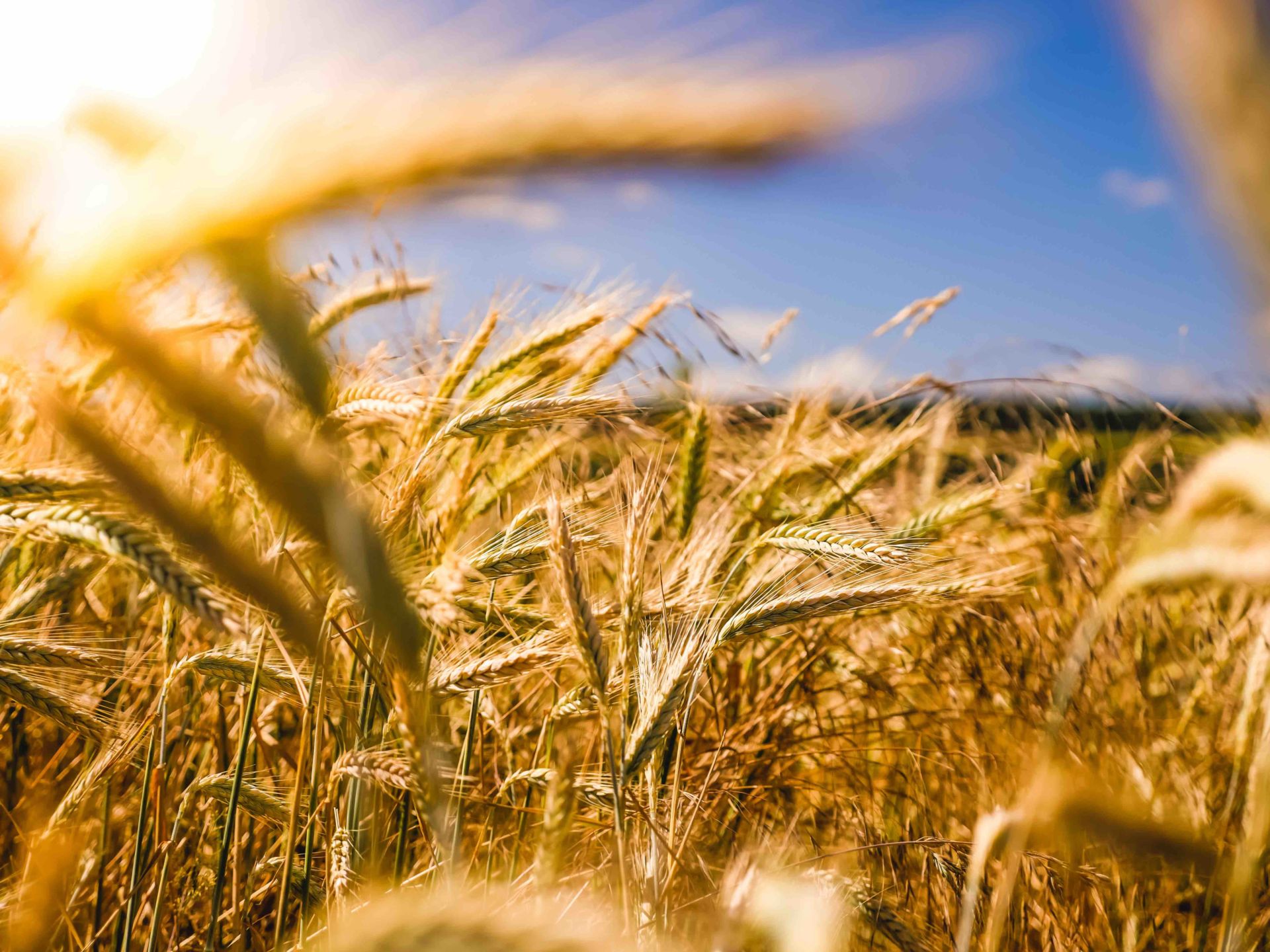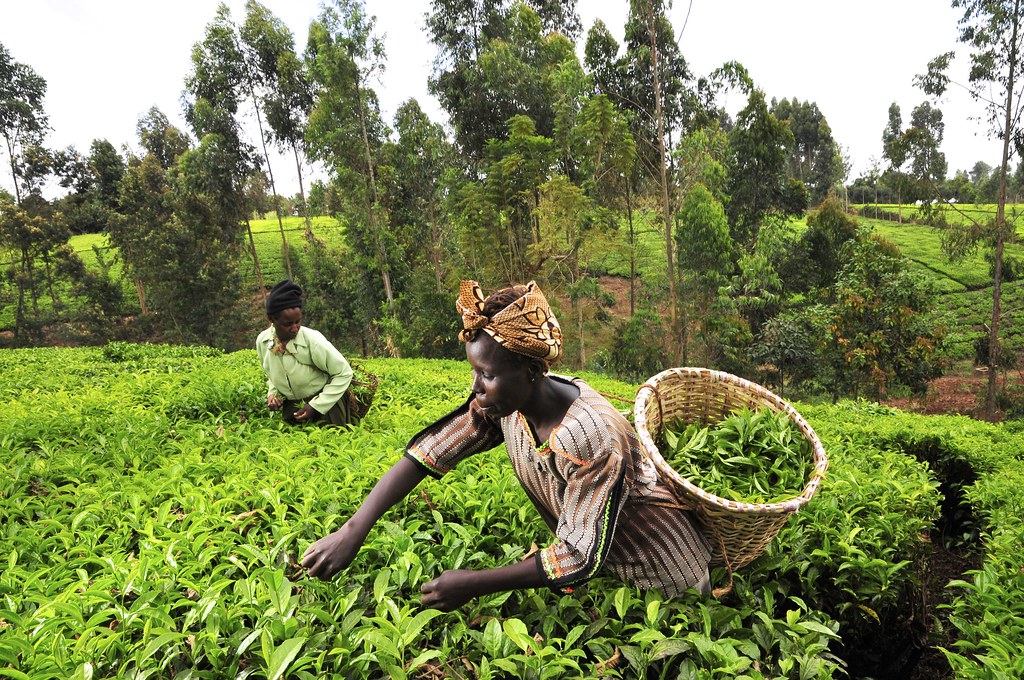There is a high level and increasing amount of carbon in the atmosphere, and this is a key driver for the negative impacts of climate change as the greenhouse effect around the planet intensifies. The increased amount of carbon dioxide (CO2), in particular, is primarily a result of burning fossil fuels, but land-use change also accounts for significant amounts of carbon released back into the atmosphere. Simply put, atmospheric carbon contributes to the acceleration of climate change, whereas carbon sequestration in the soils is a potential mitigation strategy.
Forests, Soils and Carbon Storage
Plant-soil interactions are intrinsic to climate change mitigation and addressing SDG 13: Climate Action. These interactions need to be harnessed properly to ensure the reduction of CO2 from the atmosphere and to curve the trajectory of sustainability for all life on the planet.
One devastating plant-soil interaction that has been occurring at an accelerating rate is deforestation. Deforestation has led to a loss of active carbon sinks (e.g., growing trees) and a massive loss of soil carbon, in the form of CO2 gassing off back into the atmosphere post-vegetation removal. In regards to carbon storage, the loss of carbon from our soils is important to note as it has been estimated that 80% of the carbon found in terrestrial ecosystems is not found in the plants themselves, but in the soil. Therefore, in respect to climate change, losing trees is an ecological issue, but not as great as the loss of our soil’s capability to sequester carbon, which cannot occur when vegetation is stripped.
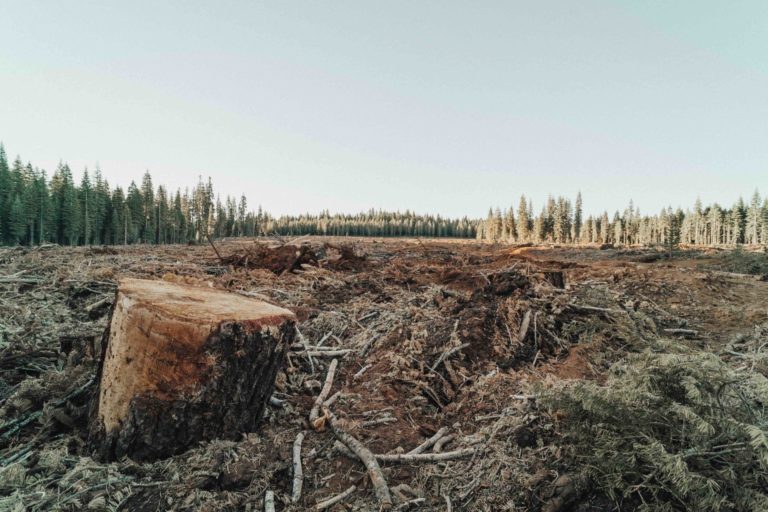
Intensive Agriculture Depletes Soil Organic Matter
As agricultural production has been intensified in recent centuries, an estimated 50-100 gigatonnes of carbon has returned to the atmosphere from the soil as land has been cleared for farming and ranching. This is due to a loss of soil organic matter (SOM), which is just a fancy word for carbon in the soil. We’ve seen massive depletions of our SOM in recent decades due to accelerated deforestation, along with high levels of intensive industrial farming and heavy tillage on our agricultural lands. This is an issue because SOM is not of singular benefit (e.g., carbon sequestration) in the soil ecosystem (rhizosphere). SOM promotes soil biodiversity and acts like “glue,” improving soil structure to retain crucial aspects for plant productivity like water and nutrients, all while inhibiting erosion.
Tillage in Annual Cropping Systems Produces Atmospheric Carbon
When plants are grown in short-cycles (i.e., annual crops) soil is turned over (i.e., tilled) at the end of the season to eradicate weeds and prepare the land for next season’s seedbed. The plants do not have a lot of time to sequester high quantities of carbon in an annual system, and whatever carbon is pulled into the soil returns to the atmosphere when it is tilled and/or the crops are burnt (e.g., slash and burn agriculture). So, with high levels of carbon in the atmosphere that need to be sequestered in the form of SOM, conventional annual cropping systems are ill-adapted to aid in this ecosystem service.
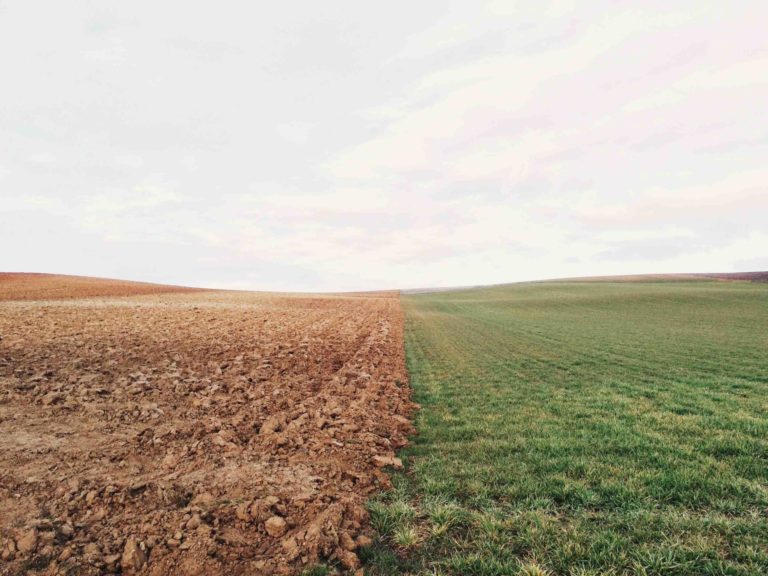
Agroforestry Provides Many Ecosystem Services
Now, when we look to agroforestry and/or orchard systems we see a great deal of sustainability with these perennial and permanent agricultural systems. The reason is that the trees in these systems grow for many years (and/or decades), with deep root systems that aid in raising the water table and have virtually no need for tillage on the land. Trees help prevent soil erosion with their root systems, aid in creating a cooler microclimate through transpiration, and provide food on a long-term basis, all while sequestering carbon as they grow. In other words, these systems mimic natural ecological systems, such as forests. The benefits of these systems are vast due to their perennial (i.e., long-term; multiple season) nature. However, the majority of the world’s cropland is not in agroforestry systems, but agronomic ones (e.g., annual grains).

Shifting Annual Cropping to Perennial Production?
So, the question has been asked, what if we could shift annual grain production into perennial production? Or farm with little to no tillage? For example, can wheat be grown, not on an annual basis requiring tillage between seasons and intensive inputs each year, but on a perennial basis with no-till management? This would require planting one crop (that could last at least for a few seasons), with large root systems for erosion prevention, improved rhizosphere exploitation for nutrients, and of course, for increased SOM.
Related Articles: Promoting sustainable farming | Swimming Against the Current
In other words, could our agronomic systems mimic the ecological functions of forests and/or prairies; the ecosystems historically known for storing vast amounts of carbon?
Proposed ideas that allow plants to be grown in agricultural settings longer, with bigger root systems and minimal tillage have been suggested as solutions to increase CO2 sequestration and re-build the planet’s stockpile of SOM. Here are three examples.
Improving Root System Architecture – a Genetic Engineering Approach
The Salk Institute, based in La Jolla, California, is approaching climate change through their “Harnessing Plants Initiative,” where they are studying the plant genome to identify genes that regulate root system architecture (i.e., how the roots are distributed in the soil). Their goal is to genetically engineer agronomic crops, based on these targeted genes, to enhance and increase root system volume. In their opinion, if corn, wheat, rice, and soy all had larger root systems, not only could these crops withstand droughts better, but they would be able to stably store more carbon in the soil. However, the research is currently being pioneered within a model plant, thale cress (Arabidopsis thaliana), which has little immediate application for agronomic crops at the present moment. Critics of this approach suggest that increased time, research and marketing will be required to apply this in other crop species and have it deployed worldwide.
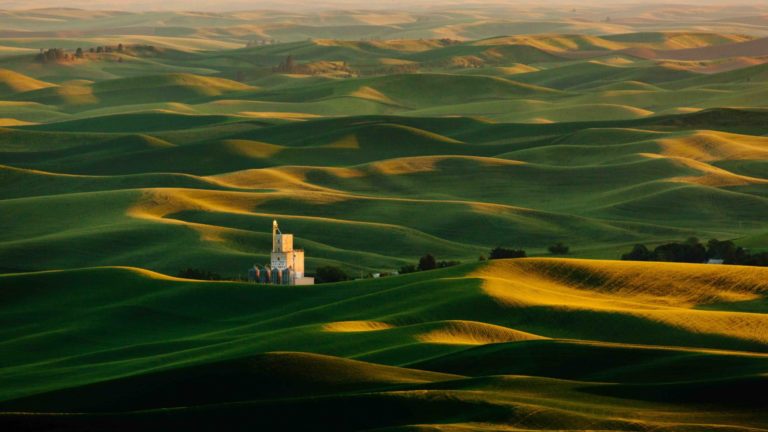
Pursuing Conservation Tillage and Perennial Wheat – an Ecological Approach
The second potential, and more immediate solution is a movement growing in the Palouse of Eastern Washington, where the majority of the United States’ wheat is produced. This movement is known as “Shepherd’s Grain.” Shepherd’s Grain is a consortium of Food Alliance certified and like-minded farmers who believe the best way to grow rich grain is through no-till practices (i.e., soil conservation). This is especially important for these growers who farm on steep grades, where soil erosion is prevalent. Without tillage, the soil ecosystem thrives, and carbon can be sequestered and stored. For annual production, no-till systems have been suggested to be the most sustainable and natural option. They are pioneering a niche market for carbon conscious customers. So, if consumers are concerned about these issues, they can purchase flour from Shepherd’s Grain, where every 50 lb. bag equates to 1.2 kg of carbon sequestered in the soil.
Lastly, the Land Institute out of Salina, Kansas, has been pursuing the potential of perennial wheat through traditional breeding (non-GMO technologies), crossing annual wheat species with native wheatgrass species. So far, their most promising perennial varieties are yielding 50-70% of common annual wheat cultivars, while lasting over six seasons. This means no tillage, minimal carbon emissions from tractors due to a single planting every few years, and the potential for storing immense amounts of carbon. This kind of agricultural innovation has even caught the attention and support of Patagonia, with the development of their beer made from perennial wheat. The best part is that these last two solutions are not generations out, but they are happening right now, and could become the mainstream within the next few years.
We have the technology and we have the science. We just need more motivated growers and educated consumers, because farming this way is economically profitable, environmentally sound and promotes richer foods. The future of our environment is uncertain, but promising perennial plans like these, which mimic ecological function, can help preserve the planet for generations to come and achieve SDG 13.
We have the technology and we have the science. We just need more motivated growers and educated consumers, because farming this way is economically profitable, environmentally sound and promotes richer foods.
Editor’s Note: The opinions expressed here by Impakter.com columnists are their own, not those of Impakter.com — In the Featured Photo: Wheat is an excellent and highly researched candidate for the conversion to perennial agricultural production to ensure increased food security in the future, while retaining carbon in the soil to mitigate climate change — Featured Photo Credit: Raphael Rychetsky


